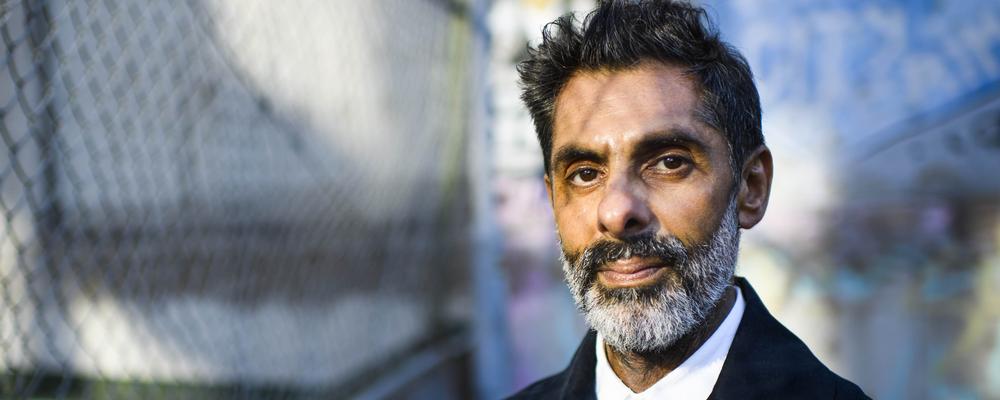Design, craft, and architecture education programs in Sweden as well as internationally often adopt and use critical, social, and ecological frameworks. However, once students graduate, it can be difficult to follow what happens to these perspectives outside of education.
Onkar Kular, professor of design at HDK-Valand, is organizing the upcoming event along with colleagues Mills Dray and Jonas Fridén Kihl. He emphasizes that critical perspectives still exist outside of academia. However, it is difficult to determine what support is available for former students who advocate for critical approaches to some of today's major challenges.
"We see a lack of, for example, funding, scholarships, and residencies that give graduates the opportunity to continue developing their critical perspectives and practices. The lack of external support requires alumni to create their own structures, which can be difficult to maintain over time," he says.
Hope to elevate the discussion
The upcoming forum gathers people working in design, crafts, and architecture for a joint conversation about the importance of supporting critical practices today and moving forward. The organizers have deliberately structured the forum to allow space for as many different perspectives as possible.
"Around 25 presentations will take place, where academics, researchers, practitioners, curators, and organizers will share their view of criticality in artistic education and practice. It is an opportunity to raise important questions about education and how creative subjects are nurtured and supported outside of educational institutions. It is important that educational institutions take responsibility and think about how alumni focused on critical perspectives are received in the external world," says Onkar Kular.
What discussions do you hope to spark?
"We hope to have many fruitful conversations about alternative support structures and how ecologically and socially engaged design, craft, and architecture education can bridge the gap between academia and the surrounding society. We also hope to go beyond just recognizing the problems and elevate the discussion to a future-oriented perspective on how we best support graduates and practitioners both within and outside academia."

